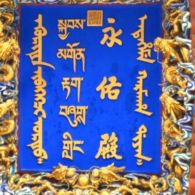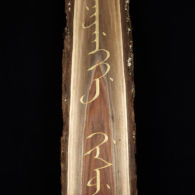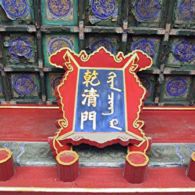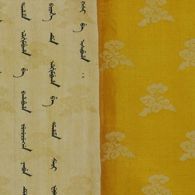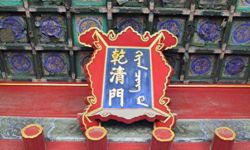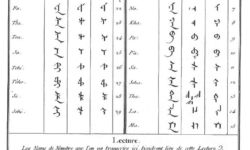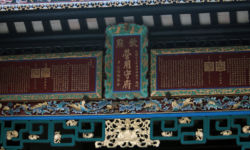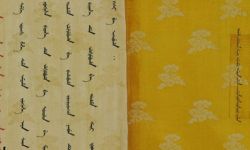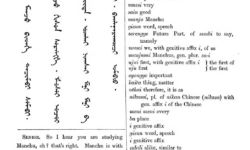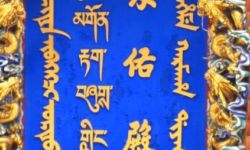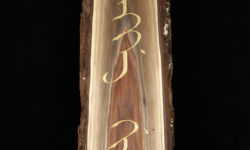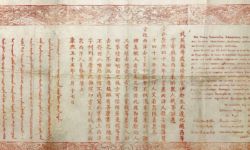Profile
This language is still in theory the National Language of the Chinese Empire, but in reality it is disappearing day by day in the the face of the rapid invasion of the language of the Chinese. Manchu is no longer used at court, except in a minor way. In the streets of Peking … one almost never hears people speaking this language.
The anti-Manchu nationalist revolution of 1911 ended the dynasty and Manchu identity, linguistic and cultural, became a negative. By the 1950s, it was observed that only five people in Beijing knew Manchu well, and they were the curators of the Manchu archives. At the end of the twentieth century, the Manchu fall from grace was so complete that only a handful of elderly people in Heilongjiang still spoke Manchu natively, along with a variant of Manchu, Sibe, which is spoken in Xinjiang.
As elsewhere in China, there seems to be a paradoxical official attitude toward Manchu: interest in Manchu culture seems to be on the increase – the 1980s and 1990s saw a resurgence in Manchu as a subject for study, with translations, dictionaries and professional journals appearing – but as a mother tongue and its mother script, Manchu continues to decline outside of a small but fervent group practicing Manchu calligraphy and advocating for the script, especially online.
One region where the Manchu script survives in slightly more robust fashion is in the Xibe Autonomous County of Qapqal.
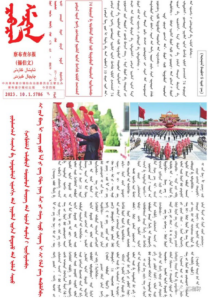
The Qapqal News is the world’s only newspaper in the Xibe language, a Tungusic language spoken in northwest China. It is one of roughly fifty minority-language newspapers in the Xinjiang autonomous region of the People’s Republic of China.
Written Xibe is almost identical to written Manchu, the only orthographic differences being some very minor shaping rules less disruptive than US vs UK English spelling rules. The spoken language has diverged little from written Manchu despite 200 years of separation: There are currently fewer than 100 native Manchu speakers in Northeast of China. Xibe people can communicate with them without any problems.
The government is reportedly making no effort to protect the language or the script.
You can help support our research, education and advocacy work. Please consider making a donation today.
Links
General Script, Language, and Culture Resources
- Omniglot (Manchu)
- Omniglot (Xibe)
- Wikipedia (Manchu)
- Wikipedia (Xibe)
- Manchu Ethnic Minority Background
- Manchu Language Encyclopedia Britannica
- Wikibooks Manchu Script Lesson
- Xibe Ethnic Minority Background
- Xibe Ethnic Group Profile
- Scriptsource (Manchu)
- Scriptsource (Xibe)
- Manchu – A Textbook for Reading Documents
- Xibe Newscast
- Xibe People Blog Post
- Leiden University Manchu Article
- Manchu Calligraphy
Community Resources
- Manchu Language Facebook
- Seoul National University Department of Linguistics
- Manchu Discussion Forum (Chinese)
- Manchu Stides Group

